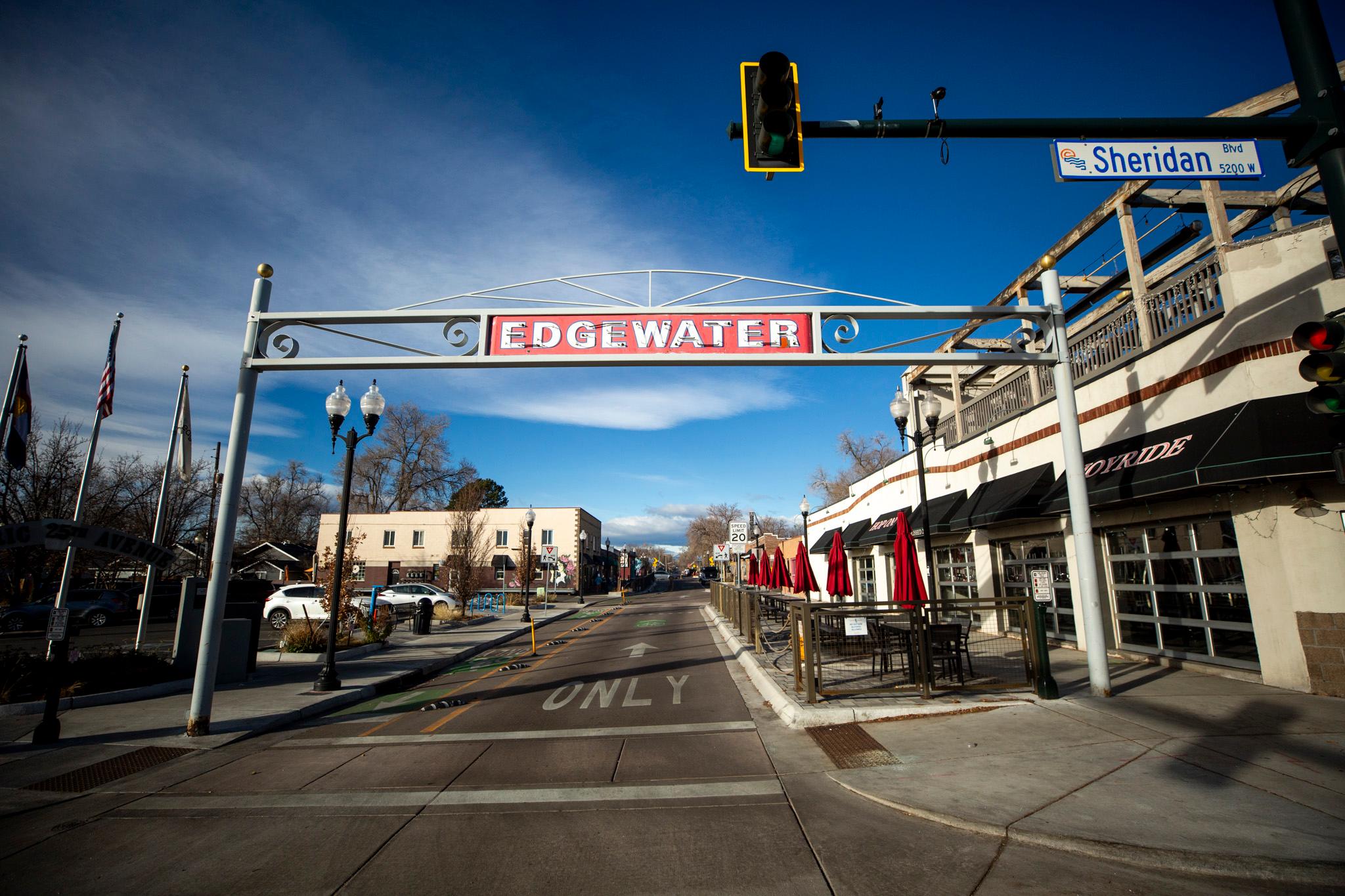Denver's proposal to spend nearly $1 billion on new public projects was nearly as popular as Hillary Clinton was here -- which is to say, very popular.
Candidate Clinton won about 74 percent of the vote in Denver in 2016, and the bond measures were equally popular this year. In fact, the most popular bond measure -- for transportation spending -- also won about 74 percent of the vote. Buses and Hillary: Denver loves them.
But the enthusiasm for public debt was not quite universal. Out of 346 voting areas (or precincts), 17 rejected at least one of the debt packages. By rejected, I mean that a majority of voters appear to have said "no."
In this post, we'll review maps of voting patterns for both the new debt and the green roof initiative, which voters approved by a 7-point margin.
The map above shows the precincts that rejected the highest number of bond measures. This is preliminary data, so it may change with time.
Rejection happened most often in southwestern Denver, which lines up with two trends. First, that was the part of Denver most likely to vote for President Donald Trump.
Also, southwestern Denver also gets relatively little money from the debt package.
"As you know, we're not getting a whole lot out of it. On the other hand, we're a newer part of town, and we don't have the huge infrastructure needs ...," as Councilman Kevin Flynn told a neighborhood meeting before the vote. "Use your own judgment, I would say. I did vote yes on all of them."
Interestingly, the most rejection-happy precinct was in western Westwood, which rejected everything except the parks bonds. The rest of the neighborhood supported all of the bonds. If you know why, email me.
Winners and losers:
Well, all the bond measures passed, so this is more of a "winning and less winning" situation.
The package that was rejected least often was 2D, $77 million for public safety. It didn't actually win the highest number of votes -- it was just popular in the highest number of precincts.
The transportation package was nearly as popular, only losing in western Westwood and in part of Fort Logan, way on the southwestern side.
The most commonly rejected bond package was 2C, which will provide $75 million for Denver Health's new ambulatory care center.
Also unpopular: the proposal to rename the Denver Department of Environmental Health and expand the size of its governing board. It passed with about 67 percent of the vote, but apparently a majority in 20 different precincts didn't like the change.
Green roofs:
Now, green roofs shows a much more distinct pattern. What an interesting mix: Southwestern Denver hates it, Cherry Creek and points southeast hate it, northeastern Denver is conflicted, everybody else is into it. Take a closer look here.

And there you have it. Props to Denver Elections for putting out these maps so quickly.
This post was updated to say that green roofs passed with a 7-point margin, not "barely." The margin has gotten much wider as more votes are counted.












